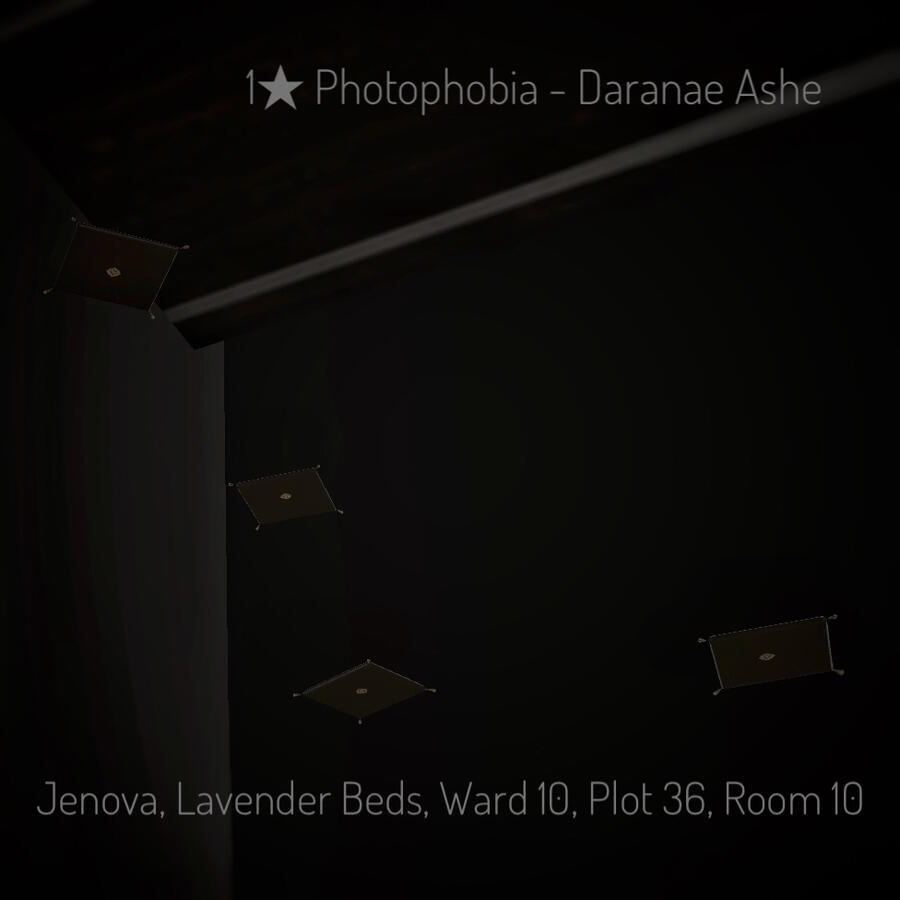Jumping Technique GuideWhile jump puzzles might initially appear daunting, rest assured that they are accessible to anyone willing to put in the effort. This guide aims to unravel the mysteries of jump techniques and kickstart your journey.At its essence, mastering jump puzzles primarily involves utilizing forward movement and your trusty jump key, but there are some invaluable tips and tricks that can enhance your experience.You can also find a full mirrored version of this list in our Discord server for easy access or here on a Google Doc.
Basic Jump TechniquesThese are some of the fundamental skills that will help ease you into starting your journey into jump puzzles.Upwarps / Ceiling Lifts / ElevatorsAn upwarp phenomenon occurs when you jump beneath furniture lacking collision on its underside. In the game, all collision is one-sided, meaning you can pass through from one direction but not from the other. So, when the bottom of an item lacks collision, what's essentially happening is that you're accessing the other side of that one way door where you can pass through.(Evidence of this aspect of one way collision can be seen in the Imitation Stained Crystal Ornaments) As a result, you traverse through the object, and it elevates you to the next surface.It is easiest and the most reliable to perform this jump when you are not running and moving around. Many objects in FFXIV lack collision underneath them, so feel free to experiment and discover which ones you can pass through using this method.Ceiling lifts or elevators represent yet another manifestation of upwarp mechanics. They serve as the primary means by which puzzles breach the ceiling, allowing players to Start a jump puzzle. Popular furniture items such as Star Globes, Dragon Lamps, Zabutons, Rope Stanchions, Dress Forms, and Greatwood Planters are often employed for creating these lifts. Furthermore, by linking these items together, these lifts can cover substantial distances.


Return to DoorWithin jump puzzles, there may be moments when you find yourself disoriented or accidentally phase through obstacles, leaving you seemingly stuck in the void. It's essential to remember that no matter the situation, there's a way back to the starting point. You'll never be permanently trapped in the void.To return, follow these steps:



Target CircleA helpful technique during jumping is to utilize your target circle. Once you've selected your character, you'll notice a ring around your character.In contrast to raids, where only the pixel directly beneath you defines your hitbox, jump puzzles have an additional hitbox that comes into play when you are more than 0.5 yalms above another surface. In jump puzzles we essentially have two styles of hit box. The first one is apparent if you’ve ever dodged mechanics that only gave you an extremely small safe space to hide in. When you are within 0.5 yalms of a flat solid surface the game registers your hitbox as only the pixel directly in the center of your target circle. You should be able to easily walk up and down off of these objects at this height like they were stairs.When you are higher than 0.5 yalms from a flat surface your entire outer ring essentially serves as your hitbox. In most cases, as long as this outer ring contacts a walkable surface, you can maintain your footing, even when 99% of your character appears to hang over the edge, seemingly defying gravity as you walk on air. Paying attention to your target circle can help you overcome tight jumps and jumps that do not give you much room in which to walk


Jump Length and SpeedNumerous jump puzzles incorporate jumps of varying lengths to introduce complexity and maintain player engagement. Mastering the art of controlling your jump distance is pivotal for overcoming this challenge.A standard jump follows an arc that you can adjust by altering the duration you hold your forward button before triggering the jump. The length of this arc can also be influenced by your initial speed. Abilities that enhance your movement speed will concurrently extend your maximum jump length, and vice versa. It's worth noting that multiple speed-boosting effects do not accumulate; the game will prioritize the swiftest buff and overwrite slower ones.Several speed-boosting abilities can aid you in jump puzzles:Sprint: This standard ability provides a 30% movement speed boost. However, it comes with a cooldown of 60 seconds.
Expedient: Offered by level 90 Scholar, this ability grants a 30% movement speed buff, but it has a longer cooldown of 120 seconds.
Moonflute: Blue Mages can enjoy a 30% movement speed buff from this ability. It's a favored choice among those who have unlocked the Blue Mage job since it acts as a permanent sprint boost.
Peloton: Accessible to any level 20 ranged class, Peloton provides a 20% movement speed increase. It's a popular choice, particularly for those who create alt characters on other data centers. While slightly weaker than Sprint, it has the advantage of unlimited use.
Ninja Run Speed: Ninjas have a passive 10% movement speed boost to their run speed, which also contributes to a slight increase in jump length. This boost is typically not as advantageous as other buffs in jump puzzles.The speed of your character affects the length of your base jump. When jumping with Ninja, you receive a slight boost, using Peloton will grant you a more significant increase. However, Sprint provides the longest jump distance of all. While the actual variance in jump length might not be substantial, having extra speed can make otherwise challenging regular jumps much more manageable, and certain puzzles do require you to perform max length jumps with these skills.Walk modeWhen faced with puzzles that require a series of short jumps, utilizing Walk Mode can be incredibly useful. By pressing and holding the "O" key on a controller or the "/" key on a keyboard and mouse, your character will switch to a slow walking pace. This significantly reduces your maximum jump length, making it much simpler to execute short jumps accurately. Walk Mode is invaluable to prevent overshooting short jumps and for maneuvering through tight or precise spaces in puzzles. Its importance cannot be emphasized enough.An alternative to using walk mode is backpedaling when using standard type movement, as moving backwards will slow you to the same speed that walking does.

Void hazardsThe blank space outside the housing cube is called the void. Being outside the housing cube will come with its own set of rules that you normally wouldn't have to worry about inside the house proper.Void wallsThe game has a safety mechanism in place to prevent players from venturing into the void unsupported. Puzzle builders often include a "floor" at the bottom of their puzzles to act as a support structure. When attempting to move into the void, you will encounter what is effectively an impenetrable wall. Even if you could typically traverse the distance between two objects, the presence of pure void beneath you will result in this invisible barrier. Colliding with it or making an ill-timed jump into it can occasionally lead to your character model becoming stuck, as the game registers it as falling endlessly with no ground to land on.The typical solution to this issue is returning to the chamber door. However, in some cases, you can attempt to unstick yourself by using movement skills such as "En Avant" from the Dancer job to push yourself out of the void and back onto a stable object. This is not a guaranteed method, but it can prove quite helpful when you find yourself in a tricky situation and want to avoid starting over.WarpingWarping occurs when, while navigating a puzzle, you're suddenly teleported to a lower surface. Warping can happen both when you jump to another object or when you're merely walking to one and the center of your hitbox crosses above any void space. Essentially, warping is the opposite of an upwarp, where the game is attempting to position you on a surface and swiftly relocates you to a lower, typically larger surface. This often takes place near the edges of the housing cube, outside of the housing cube when gaps exist in the flooring, or when vertically placed objects are in close proximity to a void wall.Warping is very rarely an intended mechanic in a jump puzzle, it can increase the difficulty of jumps and make certain parts of a puzzle frustrating to traverse. It is usually on the puzzle builder to try to minimize these cases of warping in their puzzles.


Finish!For a majority of one and two star puzzles, the information in this guide is all you will need to know. More will be hosted on this site soon, but in the meantime you can join the Discord or view the whole thing on a Google Doc. for further readingDon't be afraid to ask for help. Jump puzzles can be daunting at first, but with time and experience you can master your movement and knowledge of more advanced techniques.






















